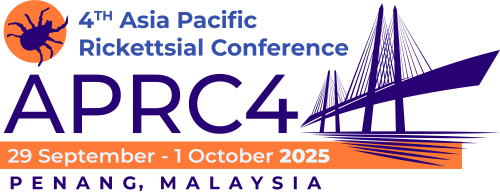Integrated Animal Pathogen Biosurveillance in Malaysia: A Protocol for One Health Surveillance and Pandemic Preparedness
Emerging and re-emerging zoonotic diseases pose an increasing threat to global health security, especially in biodiverse regions like Malaysia. In response, we propose an integrated biosurveillance protocol that aligns with the One Health approach that bridging human, animal, and environmental health sectors to enhance early detection and response to pathogen spillover events. This presentation outlines a multisectoral surveillance framework designed to detect priority pathogens in animal reservoirs and vectors across ecological hotspots in Malaysia, including oil palm plantations, peri-urban zones, and wildlife interfaces. The protocol incorporates molecular diagnostics, next-generation sequencing, ecological assessments, and community engagement to map the diversity, prevalence, and distribution of zoonotic agents such as Rickettsia, Bartonella, Orientia, Borrelia, and Plasmosium parasites, in key hosts and vectors. Emphasis is placed on harmonizing data across disciplines and building local capacity for sustained pathogen monitoring. This integrated model not only supports national pandemic preparedness and response strategies but also contributes critical data to global biosurveillance networks. The implementation of this protocol aims to strengthen predictive capabilities, improve health system resilience, and inform policy interventions for emerging infectious disease threats in Malaysia and beyond.
